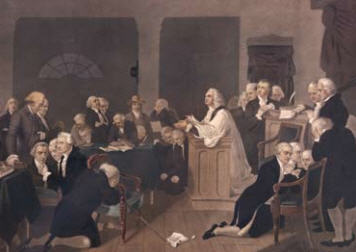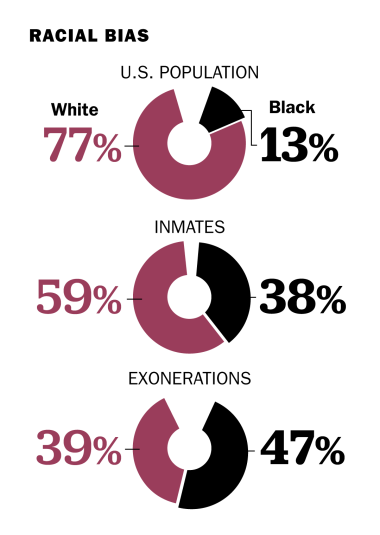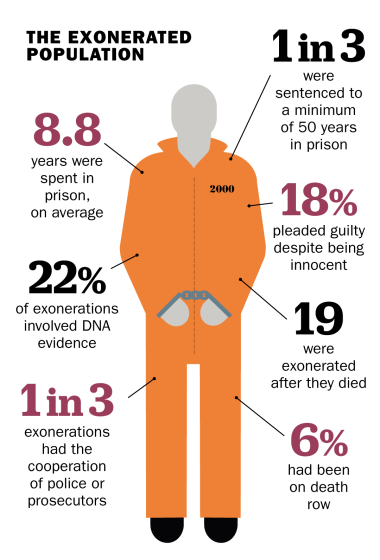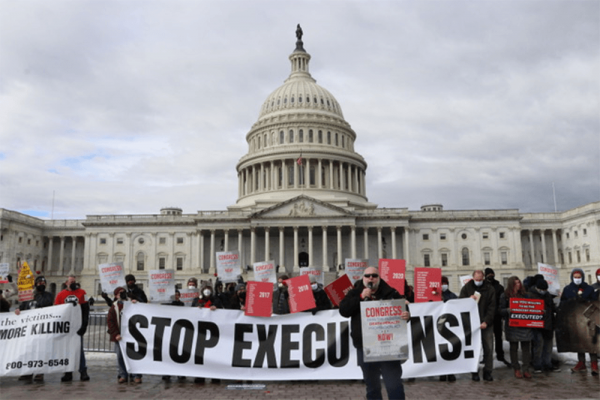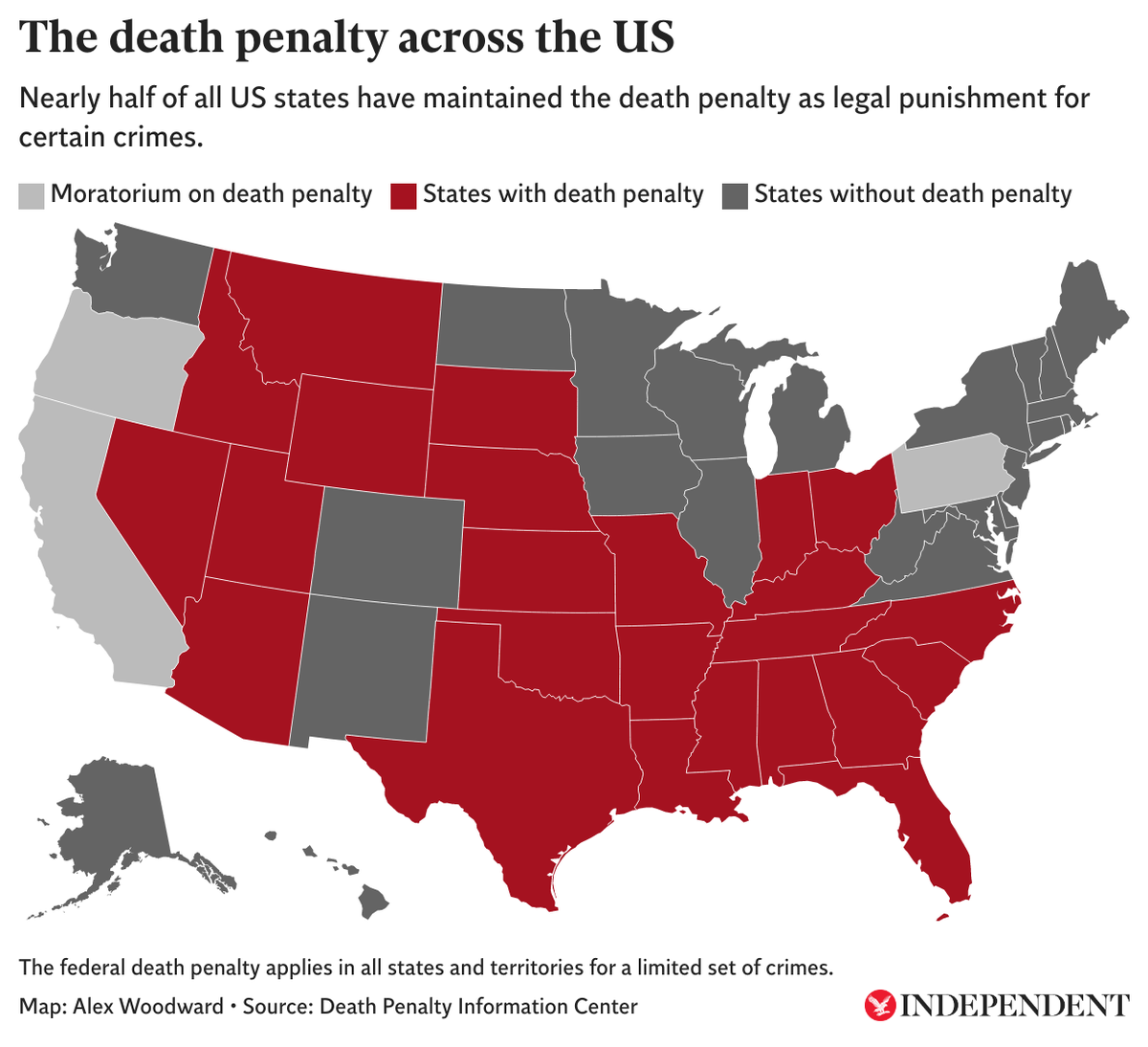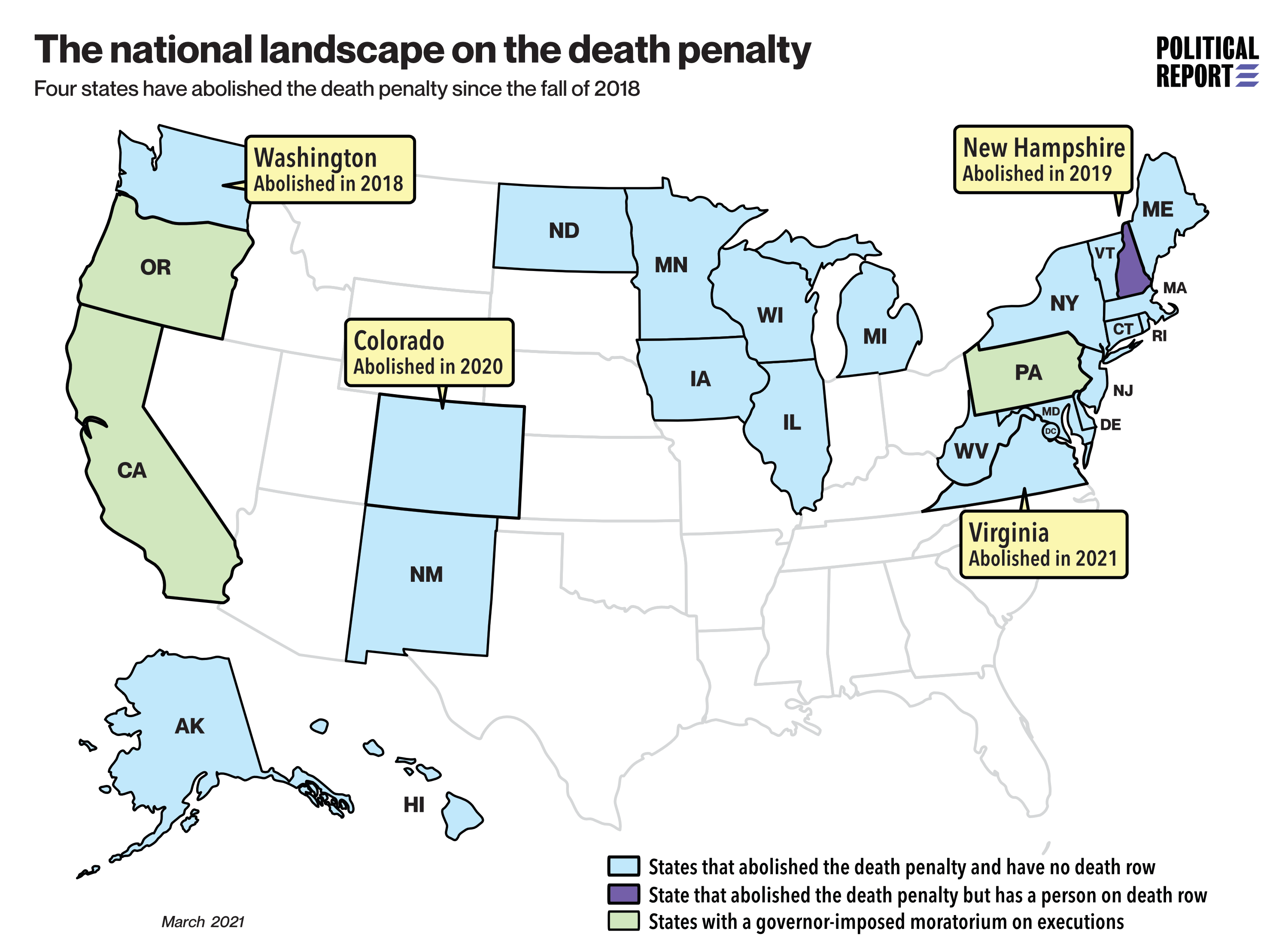With such recent debate over the true application of separation of the Church and State, the general population’s opinions regarding the issue grow increasingly important. One may wonder what the majority believes and what opinions are distributed among certain groups of people. Religious identity, race, and political party are integral to the American identity, so seeing how views are distributed among those groups is key to understanding the circumstances of the nation.
Through many studies conducted by the Pew Research Center, it is possible to conclude that the majority of the American population agrees with keeping the Church and State separate. A poll conducted this past spring revealed that 73% of Americans agreed with the statement “religion should be kept separate from government policies.” This same poll also separated responses on the bases of race, age, political affiliation, and religious affiliation (only among Christians). Religious affiliation was further split into black versus white Protestants, white evangelicals versus non-evangelicals, Catholics, and the religiously unaffiliated.
Throughout every group surveyed, all had a majority agree that religion should be separate from politics except for white evangelicals. They were equally split on 49%, reflecting differences among the different sects of Christianity practiced. Also, while Catholics are often viewed as being more religious and traditional in practice than other sects, they had the greatest majority (75%) of affiliates to agree with the separation.
Other interesting finds from that poll show that younger generations (ages 18-29), with 81% in agreement to the statement, are more in favor of a separation than older generations (ages 50-64), with 68% in agreement with the statement. This statistic is able to reflect the changes in values over time in the United States, with older generations tending to be more active in religious communities and practices.
With the two political parties, both had a majority agree with the separation, but it’s pretty predictable as to which group was more divided and which was more heavily one-sided. 84% of Democrats agree that religion should be kept separate from government policies, and 61% of Republicans agree. As should be expected from lawmakers that uphold the Constitutional values in their policies, religion and the state have their limits. However, this statistic also reflects the growing separation between the political parties and the changing definitions of liberal and conservative.
The Baptist News Global states that the term ‘conservative’ “has lost its meaning in American politics,” referencing that those who embody that term, such as the Supreme Court majority, “seek to undo precedent and redefine the law to their liking.” Is Conservatism reflective of the traditional values and history of this country, or is it a movement to create a new, more religious and strict society? The United States was never built on the foundations of Christianity directly, so why do Conservatives value religion within the laws of the State? These questions are difficult to answer, especially due to the complex tradition of religion within the country, as discussed in the previous post.
One thing is clear though, the people agree with the separation of the Church and the State. Whether lawmakers do is what matters for the nation’s future, and hopefully they do what they were elected for, and listen to the people.
Sources:
Most Americans oppose high court’s decimation of church-state separation, surveys show
In U.S., Far More Support Than Oppose Separation of Church and State

